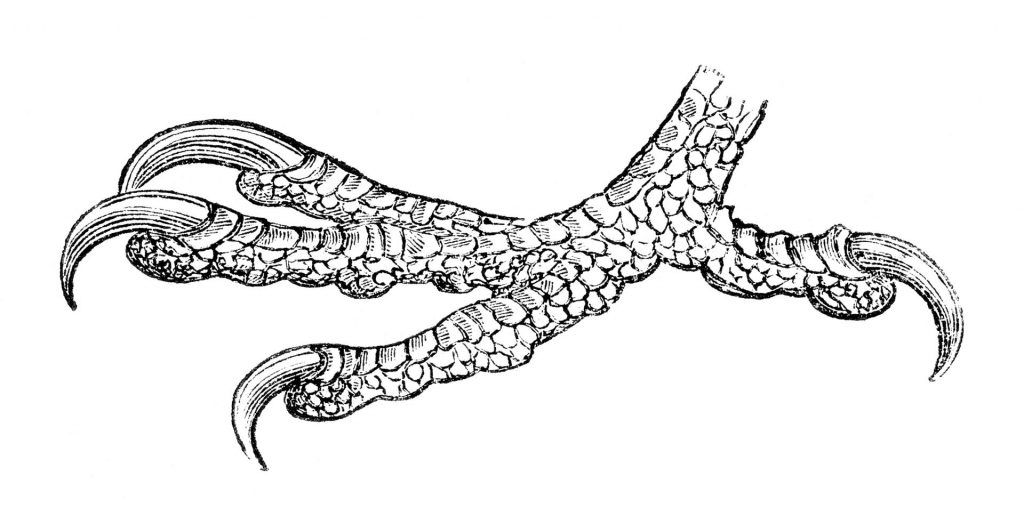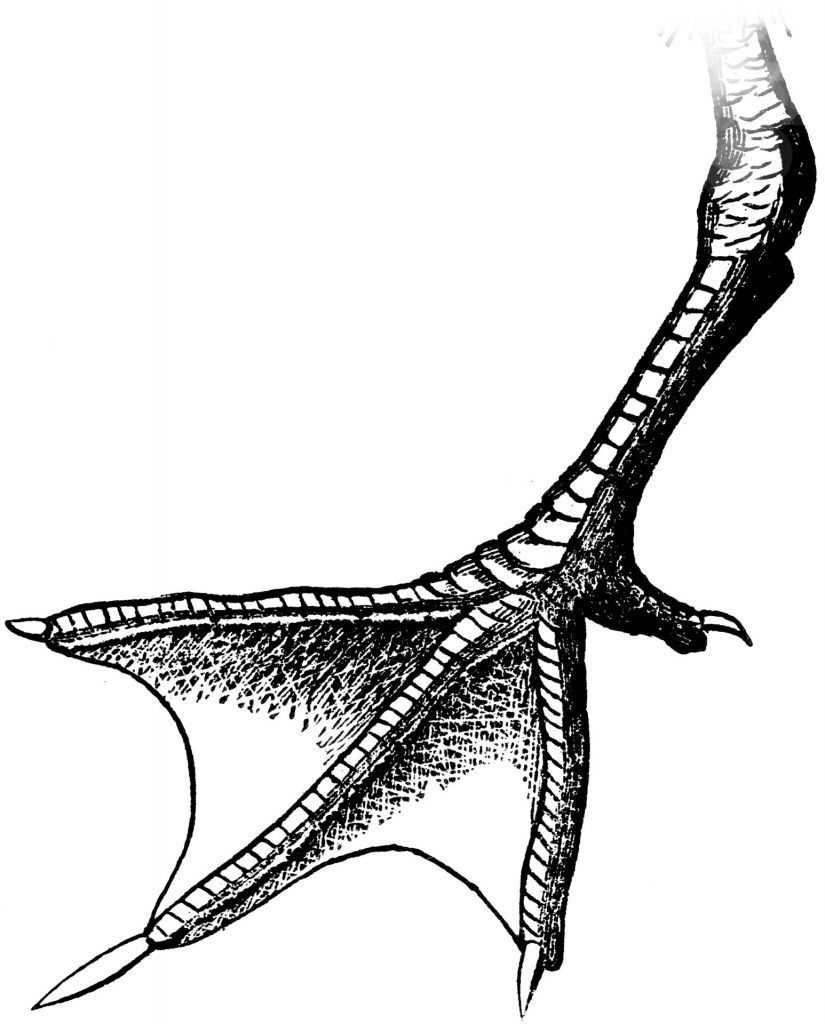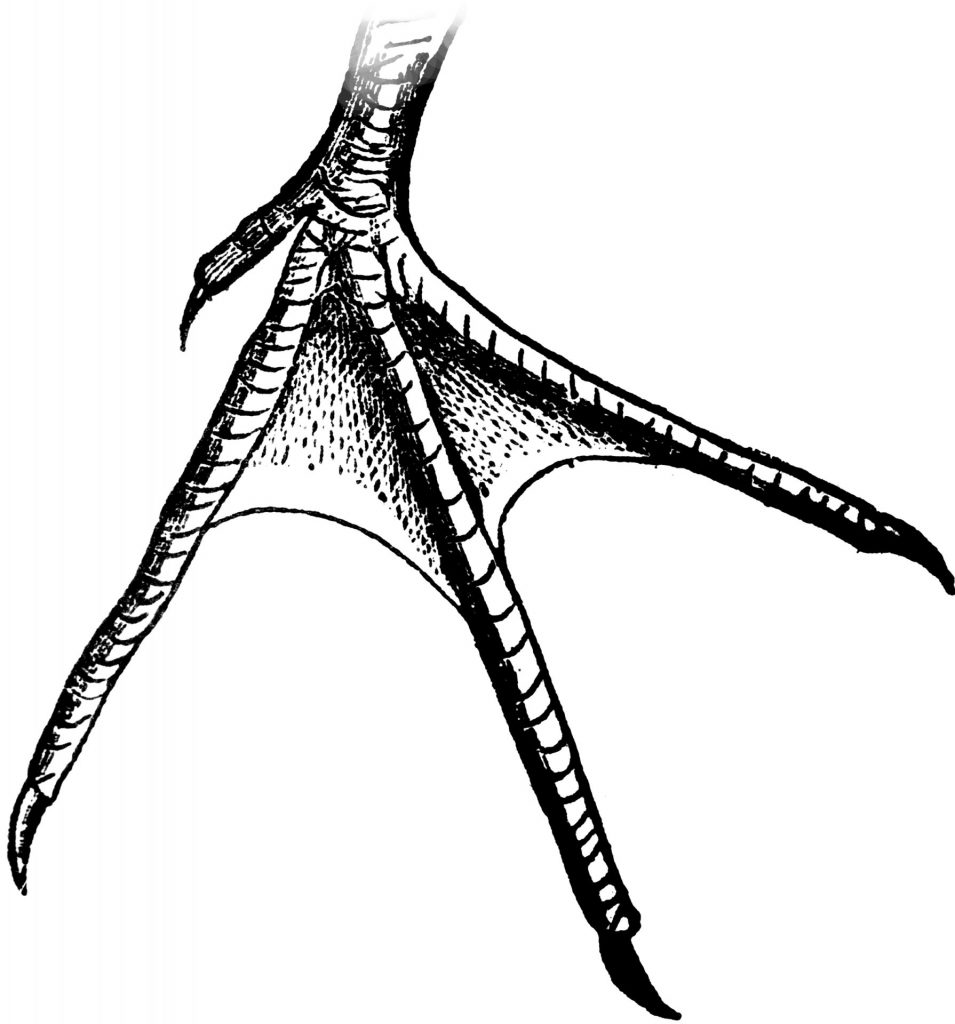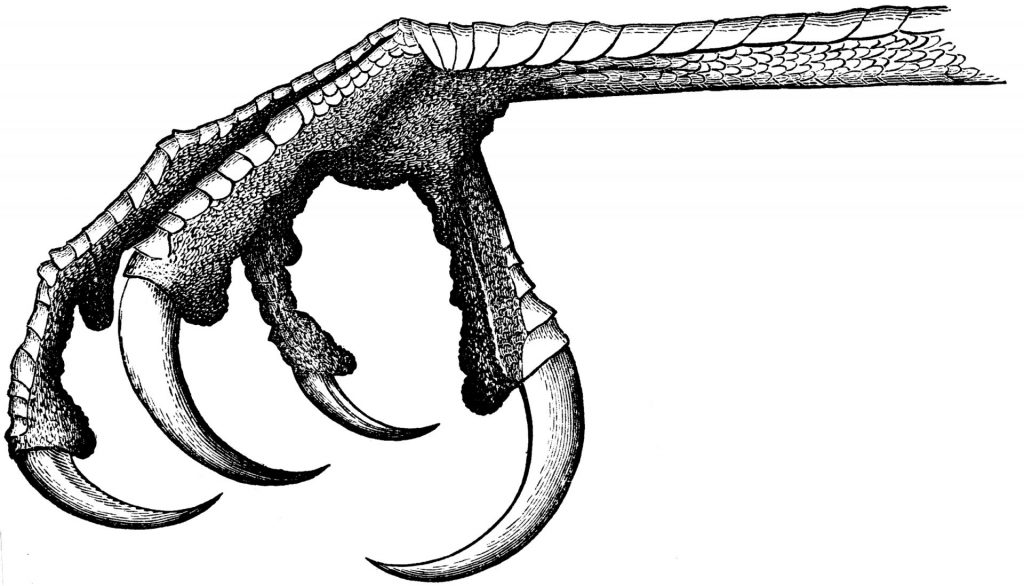Enlarge

Getty Images
Just like the shape of its bill, a bird’s feet can tell us a lot about its ecology and the habitat in which it lives. Birds do a lot with their feet – they can perch, walk, preen, feed, carry/hold objects and even swim. These animals are considered digitigrade, meaning they generally walk on their toes, not their entire foot like people do. Most birds have four toes, or digits, while some species only have three. These digits are arranged in many different ways.
Anisodactyl
This is the most common digit arrangement of perching birds, seen in robins, sparrows, jays and wrens. On these toes the first digit (like your big toe) faces backward and the other three digits face forward. These feet are extremely flexible, and all four digits are independent. A tendon on the backside of the ankle automatically flexes and locks the toes around a perch, such as a branch. This is why you don’t see birds falling out of trees when they are sleeping.

Zygodactyl
Zygodactyl feet resemble the letter “x.” Here, digits one and four face backward while digits two and three face forward. This foot shape is common in woodpeckers and owls. The shape of these feet helps these birds climb up and down and along the trunk of a tree. Owls use these feet to hold onto their prey while eating, and also to help them perch. One really neat characteristic is that zygodactyl birds can rotate the fourth digit forward if they choose, giving them more toes to grab onto their food.

Webbed Feet
The term “webbed” actually covers many different kinds of birds and bird feet. The most common type of webbed feet is palmate. In palmate feet, digit one is backward and digits two, three, and four are connected by webbing. This webbing is like a paddle for a canoe – it helps steer the bird and propels them in the water. This is common in ducks, geese, gulls, terns, loons and other aquatic birds.

Birds like herons, sandpipers and plovers have semi-palmate feet. This means that the webbing is just reduced compared to that of true aquatic birds. Here, these birds are more waders than actual swimmers. The large surface area of their toes helps them walk on soft surfaces near the water’s edge so they can forage for food.

Raptorial
Like the name implies, raptorial feet are found on raptors or birds of prey, such as eagles and hawks. The toes on these feet are called talons. All talons, no matter the size, are curved with sharp claws used to capture, kill and carry prey. This is one reason raptors are such lethal hunters.

In the world of birds there are many other kinds of feet. However, the ones described above are the most common to Nebraska. A bird’s feet can teach us so much about the birds themselves. ■
Monica Macoubrie is an outdoor educator with the Nebraska Game and Parks Commission.
 Nebraskaland Magazine
Nebraskaland Magazine


